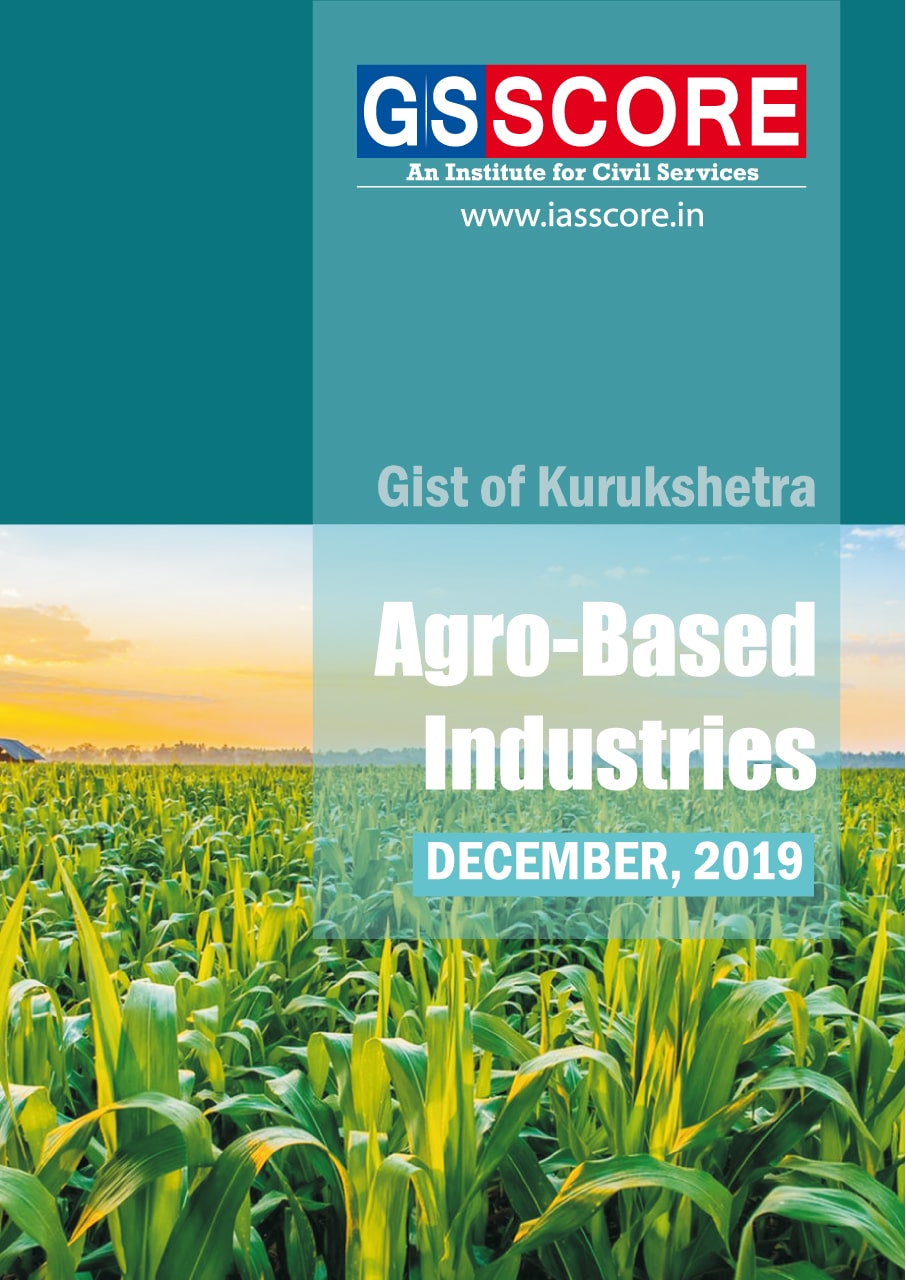


Introduction-
Agro- based industries are being promoted by the government through several schemes as they play a crucial role in boosting the country’s economy. These industries are full of high potential as employment generators especially in the rural India and also perform a number of crucial functions that support development and poverty alleviation. Agro-based industries consist of the processing, preservation and preparation of agricultural production for intermediate and final consumption.
Related Articles

